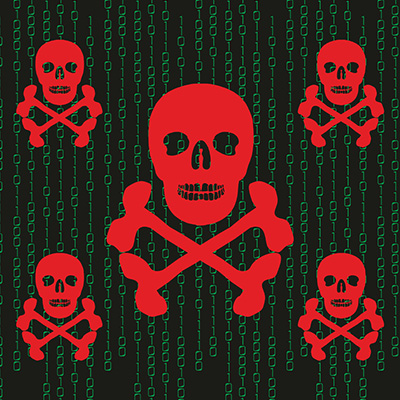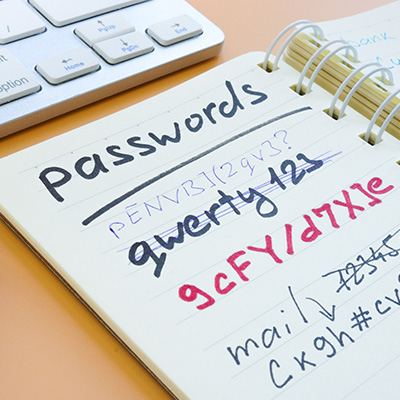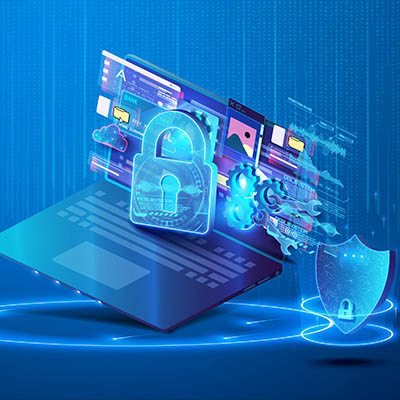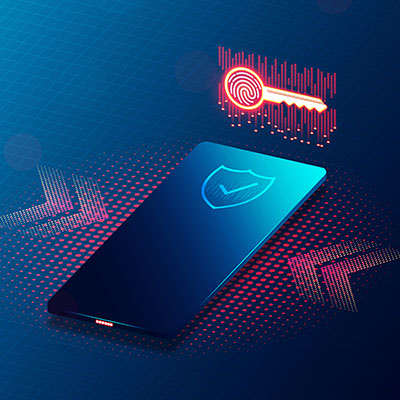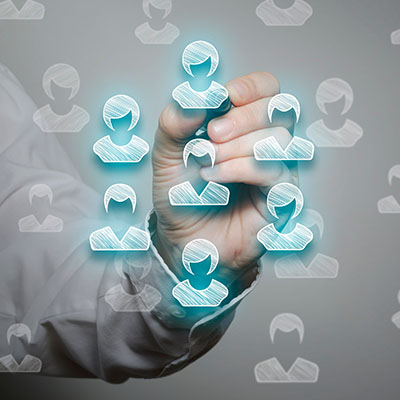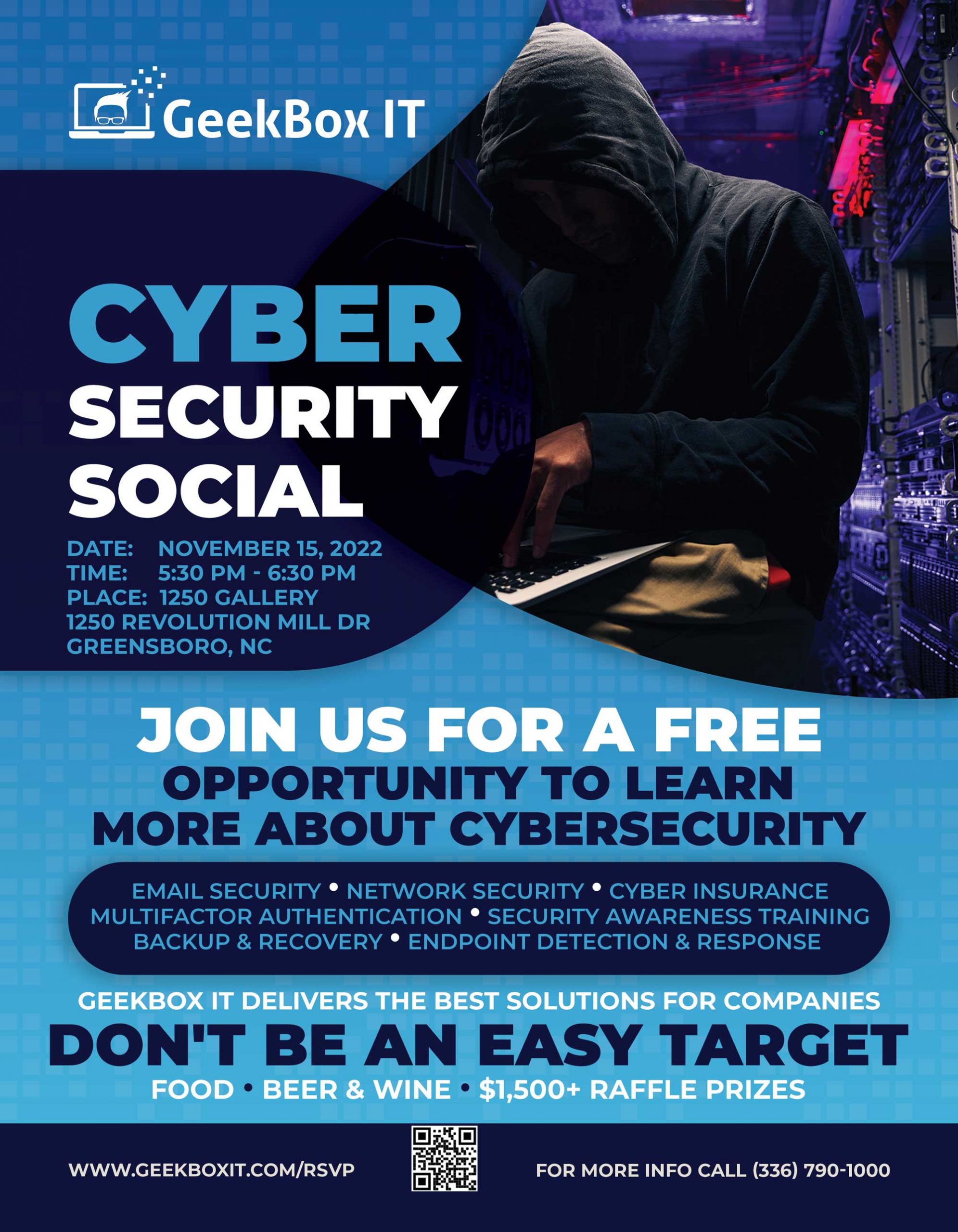Artificial intelligence and machine learning are entering the mainstream technology discourse, and with software developing the ability to learn from datasets, many businesses are using this technology to automate their processes to cut down on costs and better use their current resources. There is a lot of good that comes from this, but only when you look past these benefits can you start to see the drawbacks, including an important one called “data poisoning.”
Despite not wanting to think about cybersecurity incidents derailing your operations, it’s important nevertheless to consider them before it’s too late to do anything about them. These days, businesses need to invest considerable capital into protections, including a cyber insurance policy to cover all of their bases. Let’s discuss some of your options for cybersecurity insurance and what you’ll need to know to make the most informed decisions possible.
Password. 123456. Guest. Qwerty. These are just a few examples of passwords that are, in a word, terrible. To help you avoid using passwords like these, let’s go over what a good password is and how to choose one—starting with what you need to avoid.
For quite a while it took an actual disaster to encourage business leaders to allocate any time and money to put towards cybersecurity. Many businesses still don’t, in fact. Those that have, while absolutely prudent in their use of resources to help ward off security problems, may forget that there are still things that need to be done aside from employee training to keep their security up. Let’s go through a few things that every organization should be doing to maintain the security of their information systems.
Cybersecurity is one part of your business’ computing that you must prioritize, as the fallout of a data breach could, in many cases, be enough to shutter your business for good. You want to be seen as a company that takes data security seriously, and to this end, you have likely implemented countless security features and measures to protect your organization’s resources and data. However, this all comes at a cost, and it’s not the one you might expect: your employees.
Passwords used to be the law of the land, but in a world where passwords are more at risk of threats than ever before, people have turned to passwordless solutions. In fact, one of the biggest tech companies out there—Google—recently took steps toward passwordless authentication which we think is pretty darn important.
Card skimming is a very real problem for companies and individuals alike, but there will always be those who are more impacted by these kinds of financial scams—particularly those who rely on prepaid cards provided by the government for food assistance and so on.
For the most part, Microsoft takes security as seriously as it should, issuing updates and patches to maintain your Windows and Server operating systems. While you can count on receiving these updates for your supported operating systems, what you might not have known is that Microsoft accidentally overlooked a flaw in its own defenses.
When it comes to your network and its security, you cannot give all of your users access to all of your assets. It’s just not a good practice, and doing so can potentially put your resources at risk. Let’s discuss how network segmentation can make a world of difference for the integrity of your network and the data found on it.
Join us for a free opportunity to learn more about cybersecurity and learn more about how we can help protect your business against cyber threats. This event is completely FREE! We will have Food, Beer, Wine, and Raffle Prizes for Attendees. Please RSVP at https://geekboxit.com/rsvp

